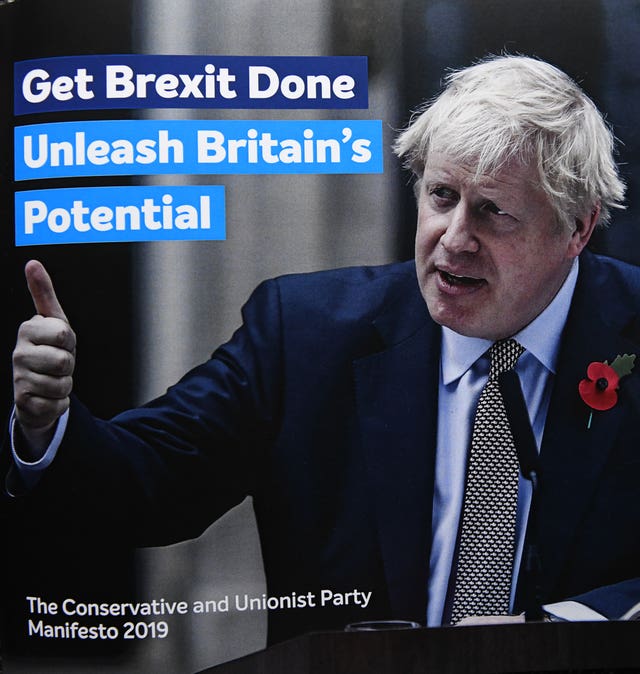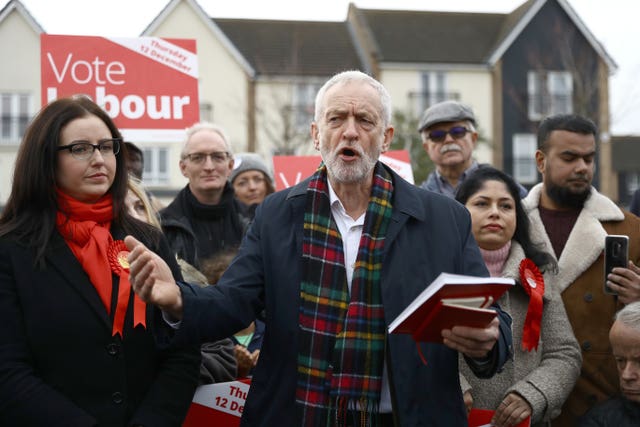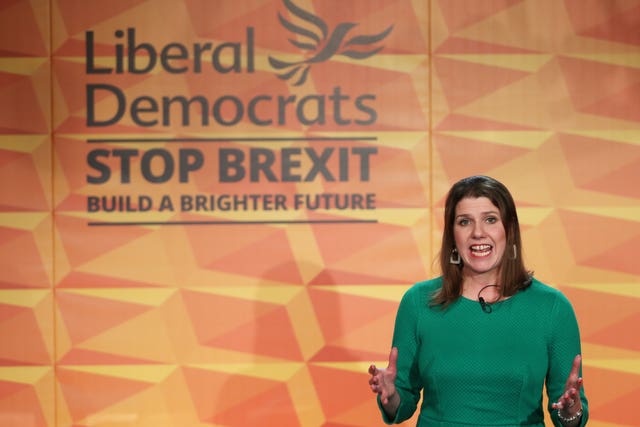What are the main parties’ spending plans?
The main parties have all now laid out their spending plans for if they secure a majority government.

The main parties have all now released their General Election manifestos, and the documents contain vastly different approaches to spending.
Here is a look at the what each of the main parties are planning to spend if they secure a majority government, and how they plan to fund it.
– What have the Tories pledged to spend?
The Tories’ spending figures are smaller than Liberal Democrats’ and much smaller than Labour’s, with the 59-page document containing £2.9 billion of new public spending promises.
One of the Conservatives’ main policies is the promise of 50,000 more nurses, which they claim will cost £879 million in 2023/24.
The party has also promised to spend £9.2 billion to improve the energy efficiency of homes, schools and hospitals.
Another pledge is to invest £600 million a year, or £3 billion over the Parliament, into the new National Skills Fund, which will be on top of existing skills funding.
Also featured are promises to raise the National Insurance threshold to £9,500 in 2020, with an ambition to raise it further to £12,500, to recruit 20,000 new police officers and £500 million a year for four years to build potholes.
There are additional pledges to invest £28.8 billion in strategic and local roads and £250 million a year on childcare for at least three years.
– How are the Conservatives planning to pay for it?

The party has said it will accept £8 billion of extra borrowing to fund investment spending on research, development and mending potholes.
The Conservatives added that they are committed to fiscal discipline and all their proposals are costed.
– What have Labour promised to spend?
For every £1 of day-to-day extra spending pledged by the Conservatives, Labour is promising an extra £28.
The party’s 105-page manifesto includes spending policies totalling £83 billion. The estimated £58 billion cost of providing extra money for women denied state pensions – the so-called Waspi women – was not included in the manifesto.
Labour’s big policy is a promise to increase spending on the NHS by an average of 4.3% a year.
The party plans to spend £75 billion on building 150,000 new council and social homes a year within five years, give an immediate 5% pay rise for public sector workers and introduce a “real living wage” of at least £10 an hour.
Other policies include reinstating 3,000 bus routes, a £3 billion plan to offer adults in England free access to retraining, free broadband for all, and free personal at-home care in England for over-65s.
The Labour leader has also proposed a £400 billion National Transformation Fund and a £250 billion Green Transformation Fund to create 300,000 new “green apprenticeships” and loans for people to buy electric cars.
– How will Labour fund its plans?

The party estimates that by maintaining the broad tax base, adding a new tax on multi-national profits and increasing the corporate tax rate, it could raise an extra £30 billion a year.
Labour said its policy of placing an extra tax on foreign buyers would raise an additional £3.3 billion.
A Labour government would also receive income from placing an £11 billion windfall tax on oil and gas companies.
– What is the Liberal Democrats plan?
The Liberal Democrats have pledged to spend heavily on healthcare and education.
Under their proposals, all children aged two to four will get 35 hours a week free childcare for 48 weeks, which the Institute for Fiscal Studies estimates will cost £13 billion.
They’ve also said they will spend £10.6 billion more a year on schools, to freeze train fares, and spend £15 billion on enhancing the existing rail infrastructure over five years.
Zero-hours workers would also receive a 20% pay rise under a Liberal Democrat government, 300,000 new homes a year would be built and the party’s economic spokesperson Sir Ed Davey also pledged to spend £100 billion on tackling the effects of climate change.
– How will the Liberal Democrats pay for their policies?

They add that their policy of one penny in the pound extra on income tax will raise £7 billion a year over five years – a total of £35 billion to be spent solely on the NHS and social care.
The party also plans to tax frequent flyers, increase corporation tax to 20% and cut down on tax avoidance – all of which they say will add to their funds.
– What does the Institute for Fiscal Studies think of the parties’ proposals?

He added that the Tories’ “triple lock” on taxes was a “pretty disappointing kind of promise” which is “tying the hands of the Chancellor”, and warned that to pay for the increased public services being pledged “some taxes are going to have to rise”.
With Labour’s proposals, the IFS said there were “risks” with both the proposed spending increases and the proposed tax rises.
Mr Johnson said: “It will be extremely hard simply to deliver anything like this scale of increase in capital spending, at least in the near-term, certainly in an efficient and cost-effective way.”
On the Liberal Democrats’ promises, the IFS said the Liberal Democrats “Remain bonus” figure – which the party hope to fund many of their plans with – is “within the range of plausible estimates for the extent of that additional revenue”.





